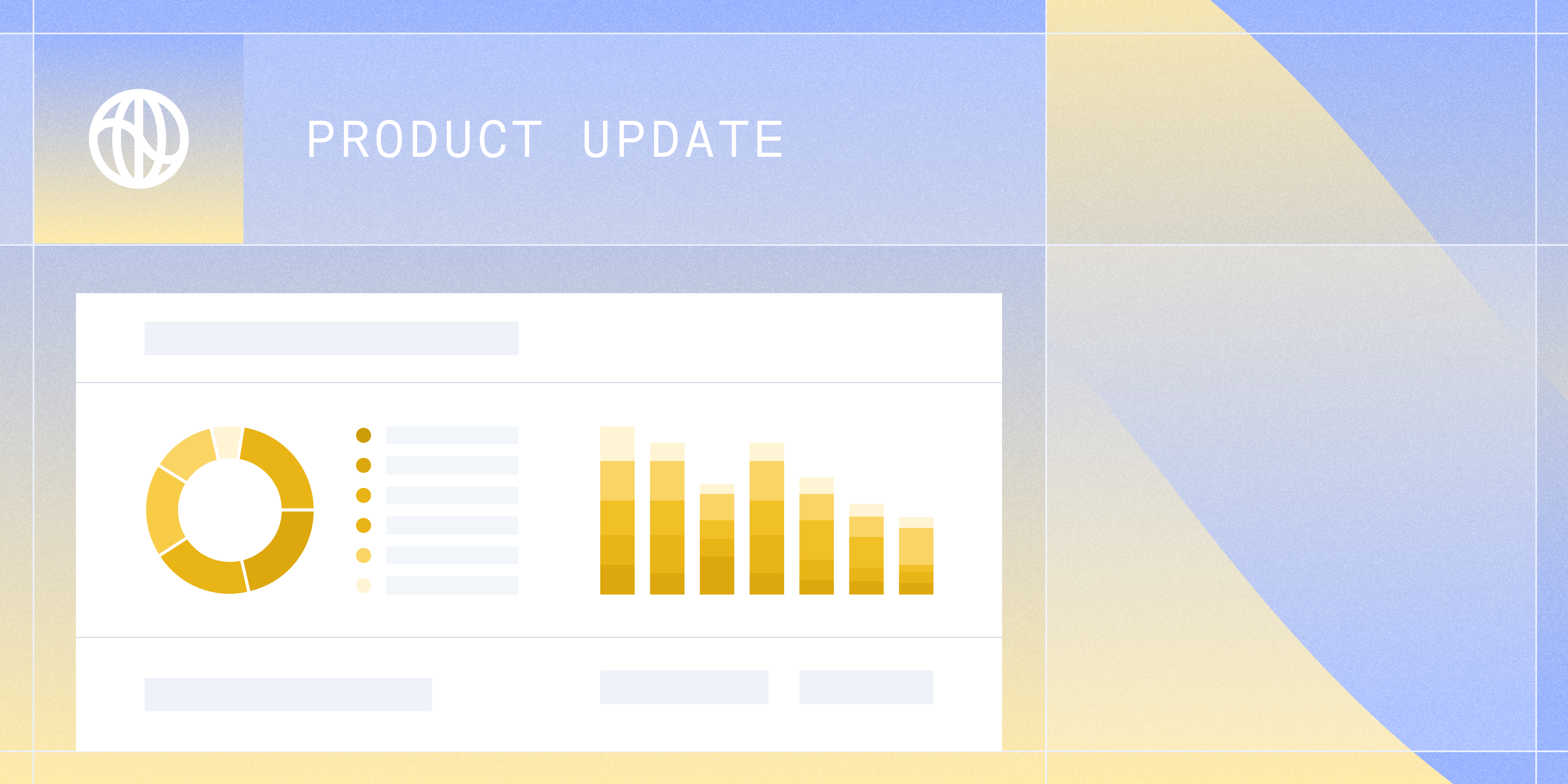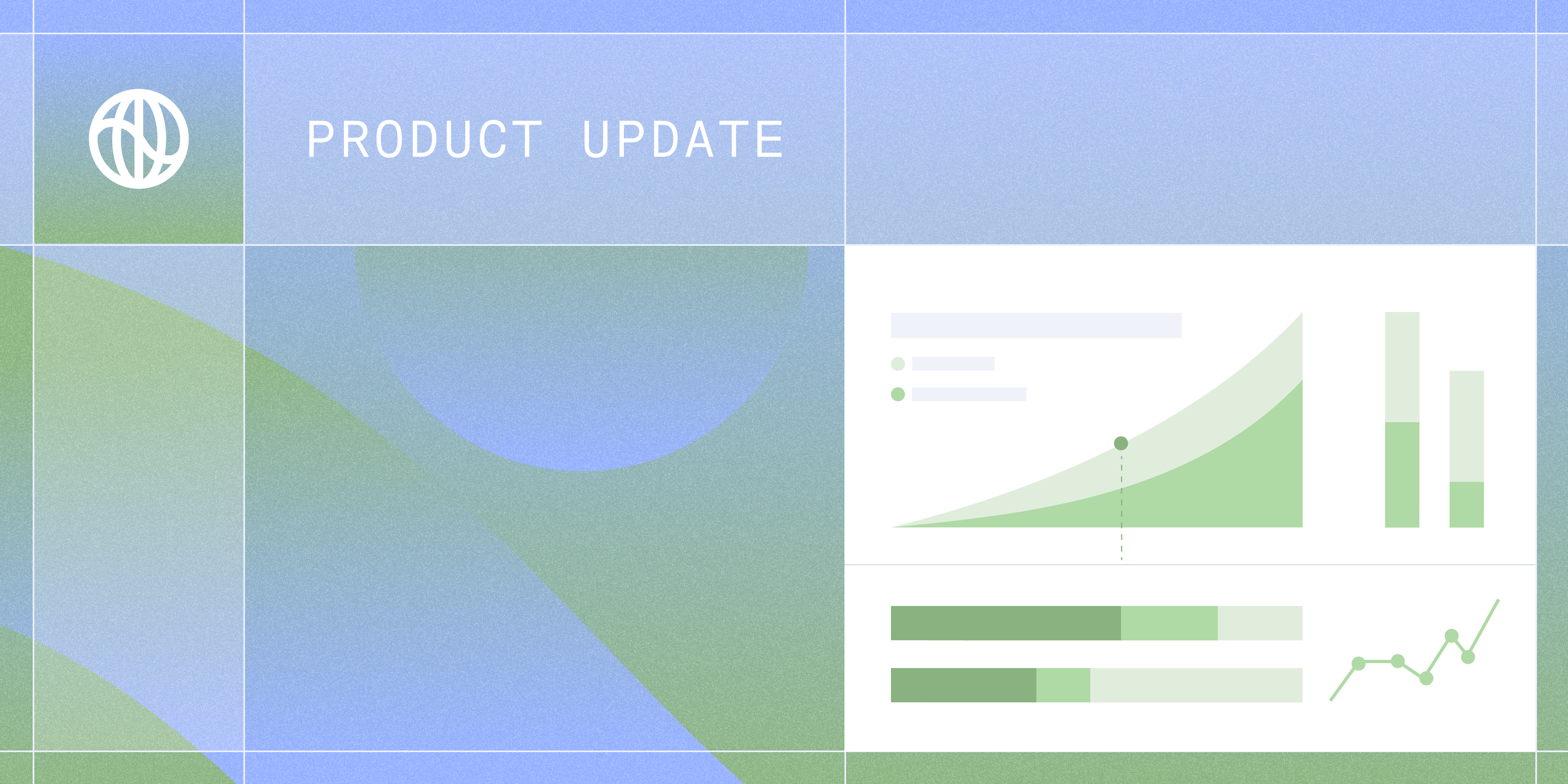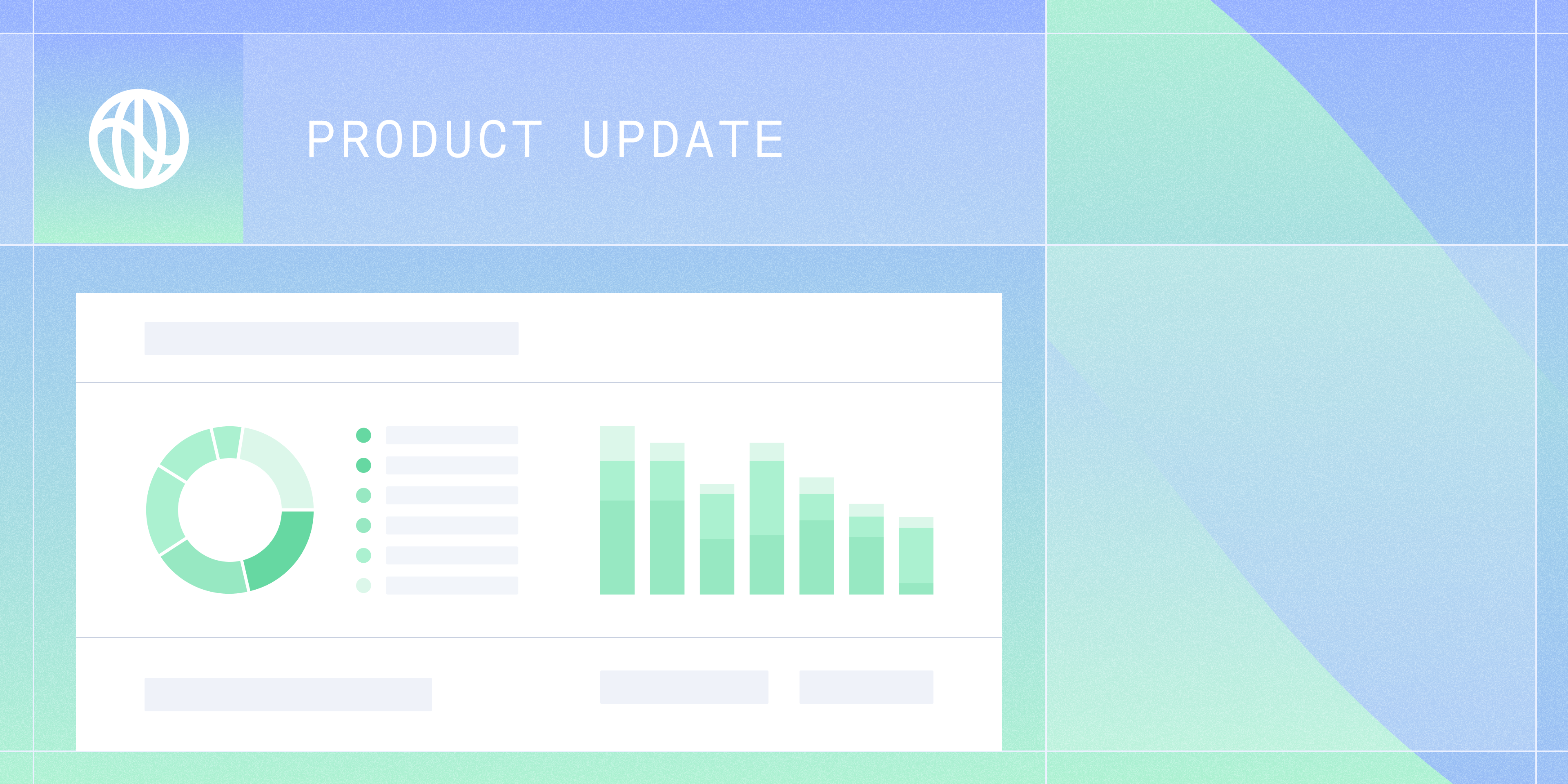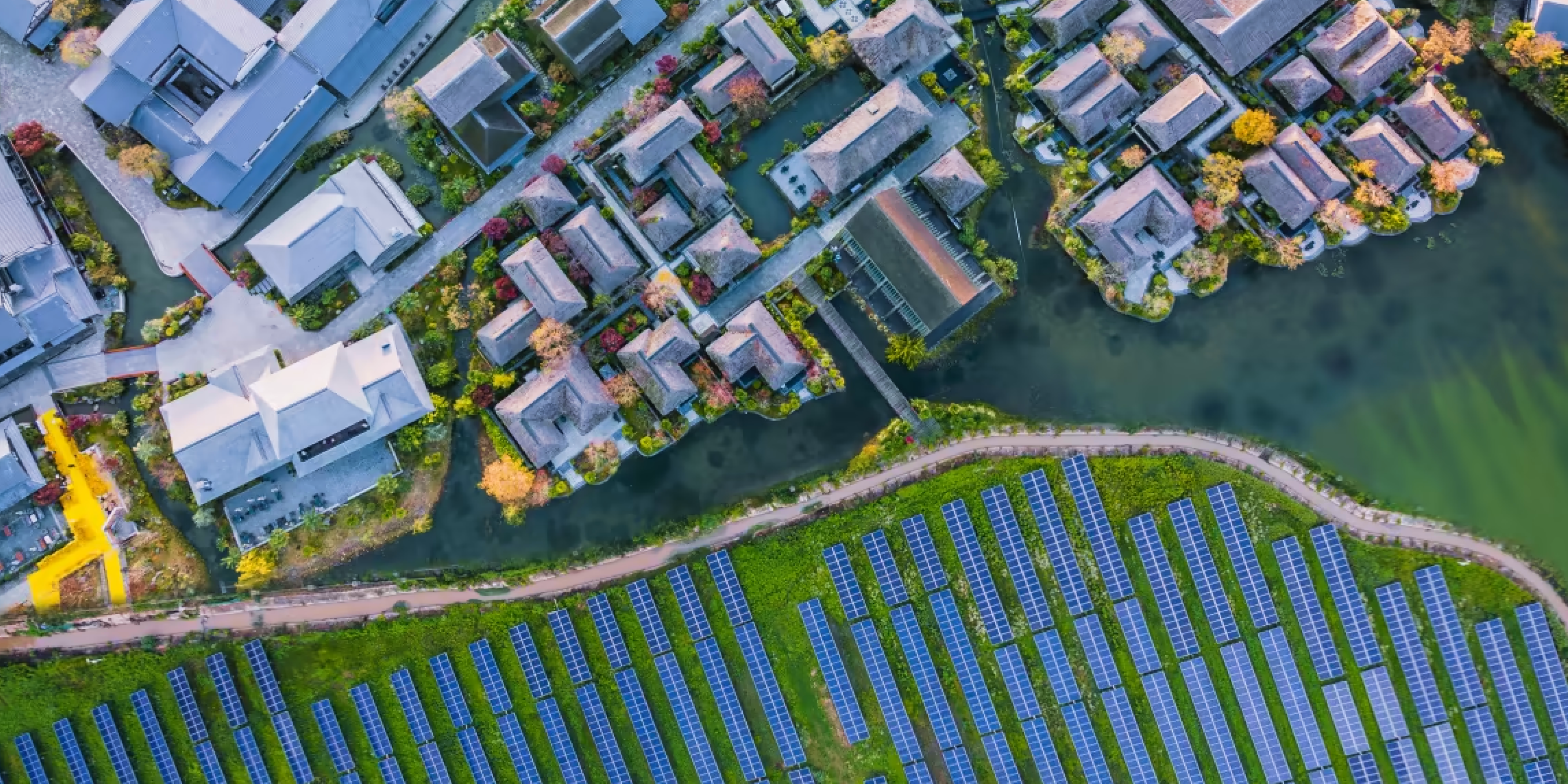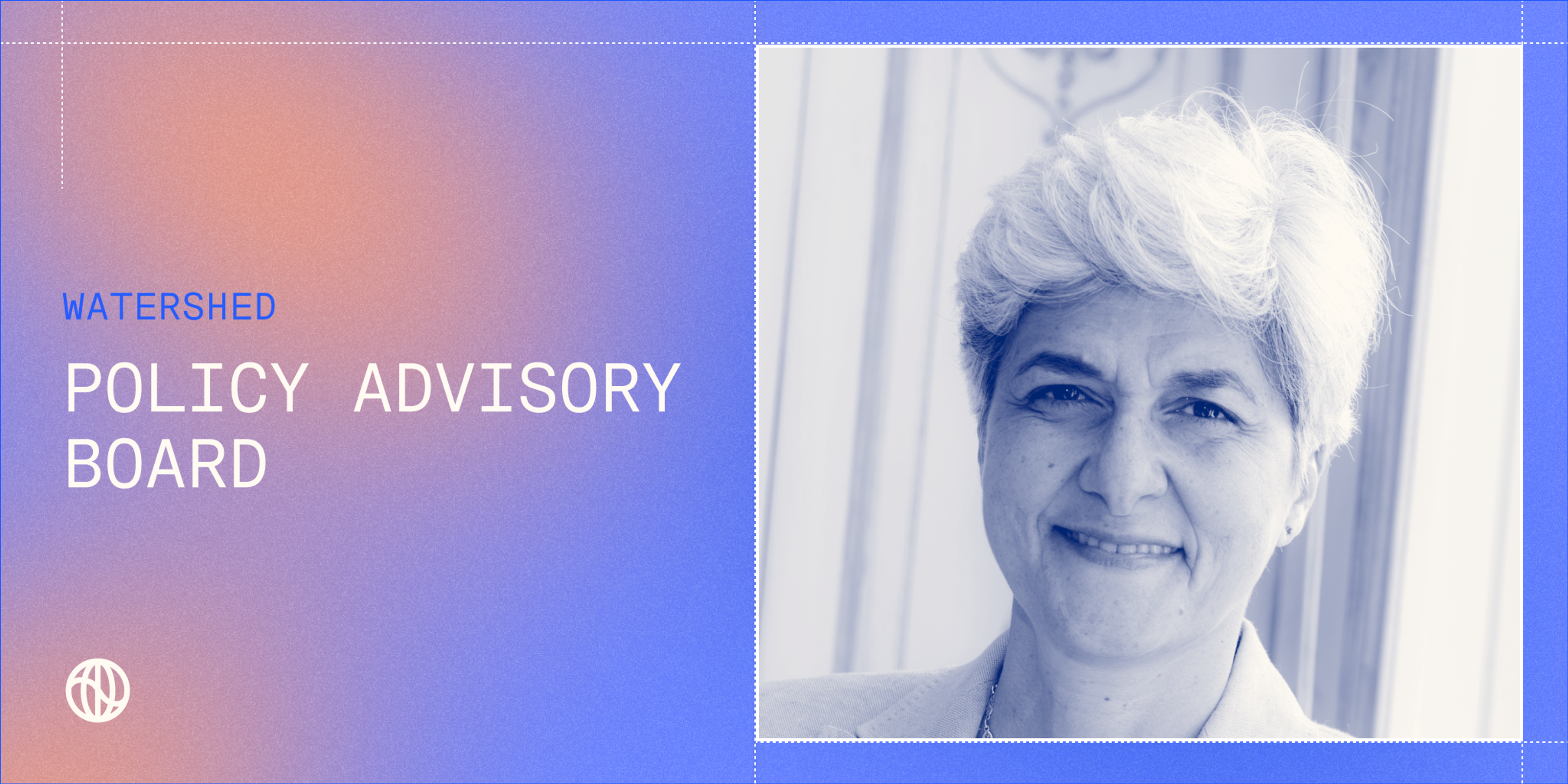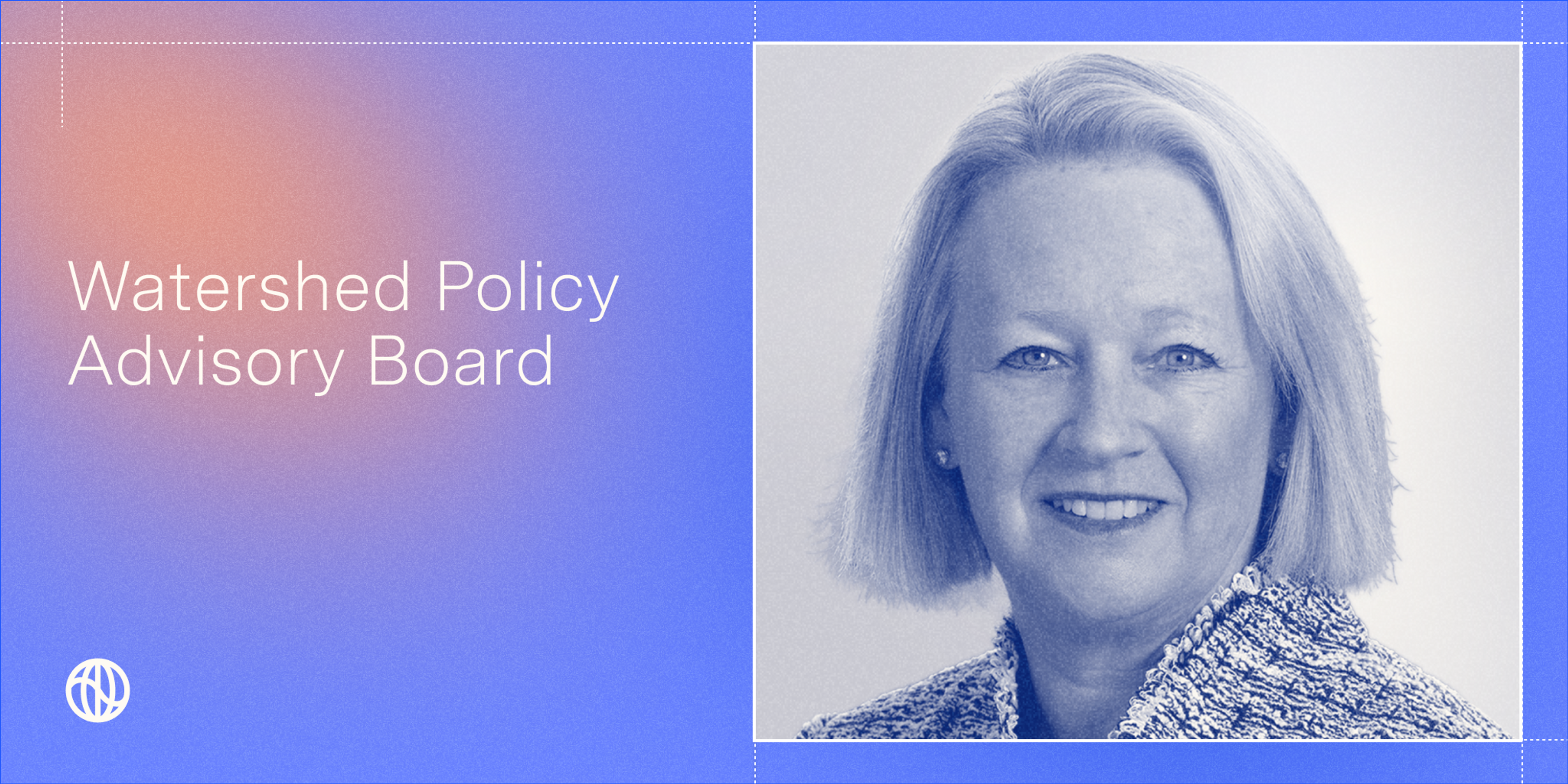What is the federal contractors climate disclosure rule?
As part of the Biden Administration's larger sustainability push, they’ve proposed a new rule that will require most federal contractors to disclose their greenhouse gas emissions—including in some cases those of their own suppliers. Larger contractors will also need to disclose their climate-related risks and set science-based emissions reduction targets.
“The US government is the world’s largest purchaser of goods and services, and virtually all companies in their $630bn supply chain will be asked for increasing climate transparency—and action.”
This means that not just federal contractors, but many of their subcontractors, will need to begin measuring, reporting, and managing their emissions in order to maintain their contracts. The US government is the world’s largest purchaser of goods and services, and virtually all companies in their $630bn supply chain will be asked for increasing climate transparency—and action.
This post covers the main points that companies need to know: which contractors this proposal applies to, what it asks for, and how and when to file the required disclosures.
What contractors will be affected by the new rules?
The proposal sorts all contractors into three buckets:
- Minor contractors, with less than $7.5m in annual federal contracts
- Significant contractors, with $7.5m-50m
- Major contractors, with $50m+
As it stands, minor contractors will be exempt—along with higher education institutions, nonprofit research entities, and all companies whose federal contracts make up 80% or more of their total annual revenues.
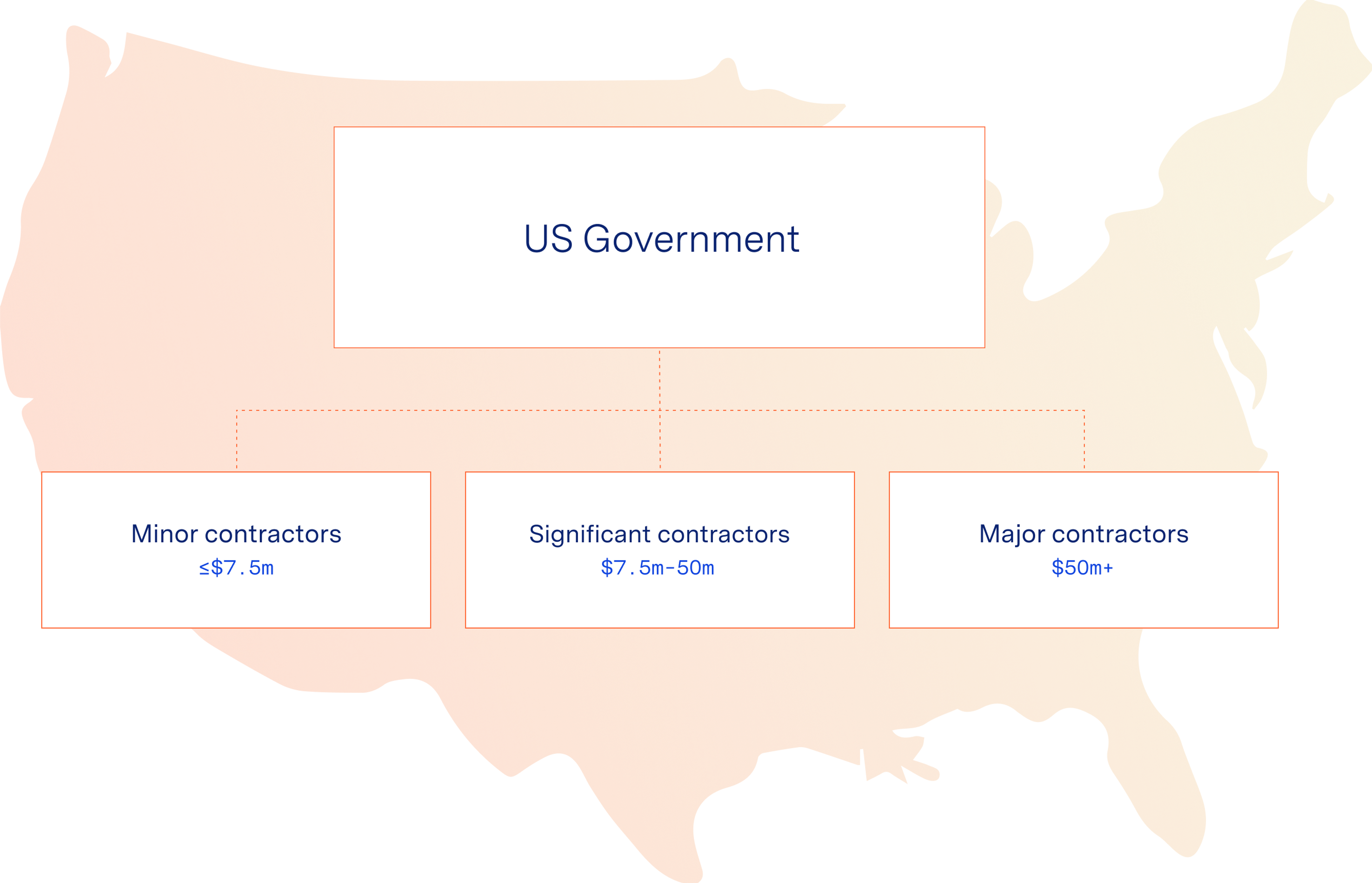
Note though that any company that subcontracts to a major contractor—regardless of their own size or org structure—is likely to have an indirect reporting obligation.
What are the requirements of the contractors climate disclosure rule?
The general principle here is that all covered contractors need to disclose their emissions, and major contractors then have to go quite a bit further.
Significant contractors ($7.5-$50m)
- Must report their Scope 1 and 2 emissions data each year, via SAM.gov
Major contractors ($50m+)
- Must submit their Scope 1-3* data each year via CDP, a global clearinghouse for climate-related disclosures
- Must publish a TCFD-compliant climate risk assessment each year, either also via CDP or on their own website
- Must set a science-based emissions reduction target via SBTi
* While only “relevant” Scope 3 data is mandatory, no official threshold for relevancy has been set here yet. If they adopt the cutoffs from SBTi, it would be “if they’re 40% or more of your overall emissions,” which would cover most companies.
Note that collecting Scope 3 data means asking your suppliers—and often in turn their suppliers—for their data. Smaller companies especially may have not begun measurement yet, which is why this part of the proposal comes with lead time. It’s crucial to begin working with your supply chain ASAP to get this reporting infrastructure in place early.
What is the timeline?
The proposal is currently open for comments through February 13th, 2023. Those comments will then be reviewed by a group of federal agencies, who’ll in turn send on a modified proposal to Congress—where it’s expected to pass around Q3 2023. Blocking this rule would require opposition from a majority of the Democratic-controlled Senate, so it’s likely to be finalized in something close to its current form.
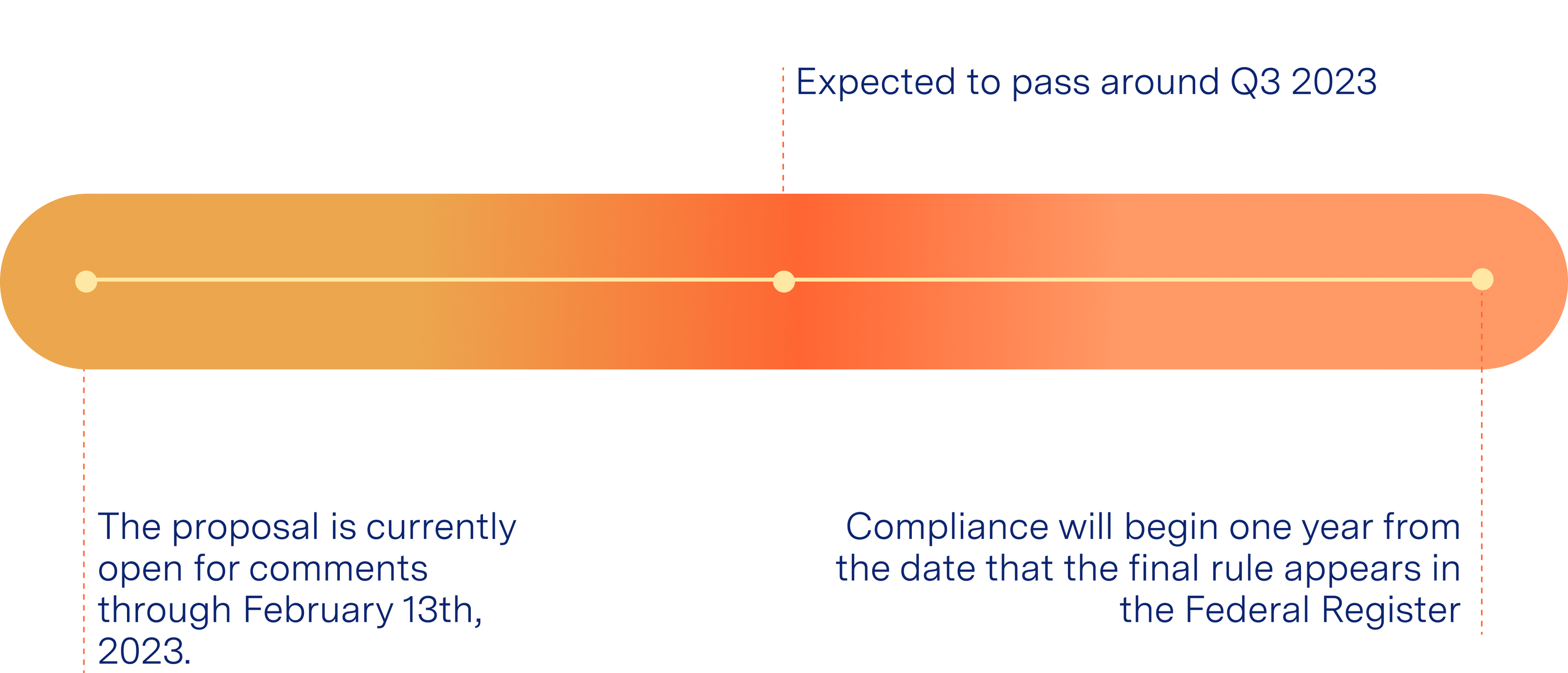
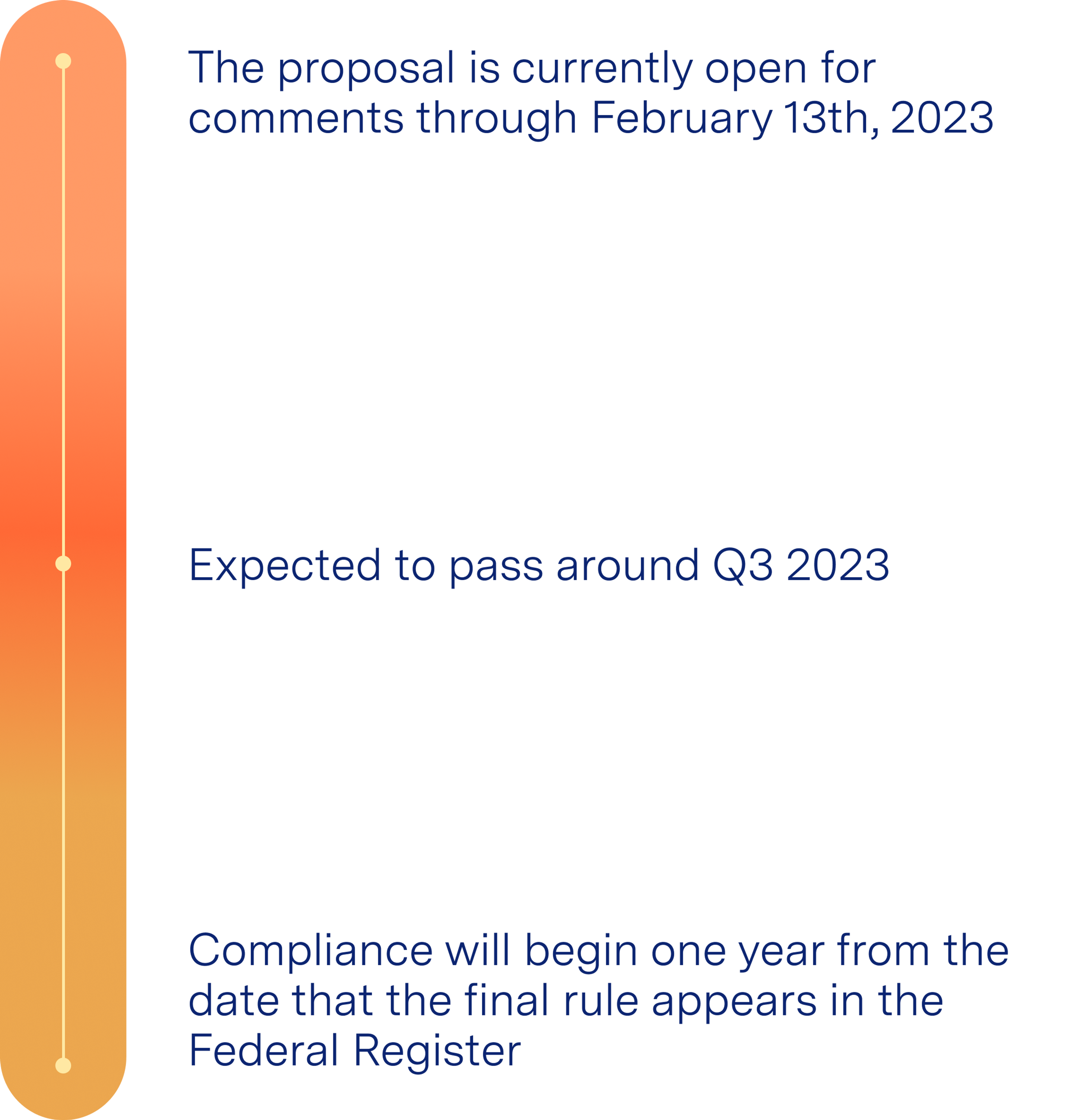
Compliance will begin one year from the date that the final rule appears in the Federal Register, or roughly late 2024 as things stand now. The Scope 1-2 disclosure rules will kick in first, with the remainder of the major contractor rules applying an additional year later.
Watershed helps leading companies like Stripe, Walmart, and Shopify measure, manage, and report their emissions. If we can help you prepare for these requirements—as either a contractor or a subcontractor—please get in touch.


